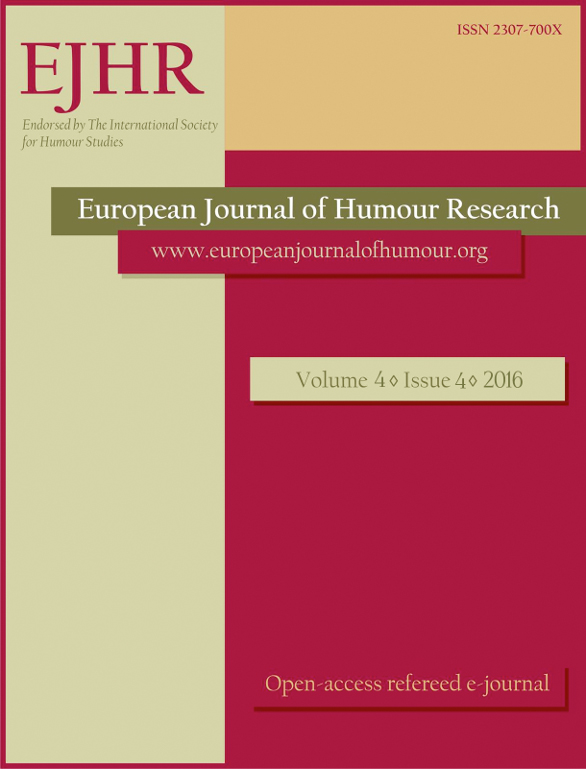
We kindly inform you that, as long as the subject affiliation of our 300.000+ articles is in progress, you might get unsufficient or no results on your third level or second level search. In this case, please broaden your search criteria.


Studies on humour have acknowledged that responses to jokes are important aspects of a joking exchange; however, investigation of joke recipients’ responses has received little attention from humour scholars. Moreover, the linguistic investigations of jokes have been limited to native speakers’ contexts, leaving ESL contexts out. Therefore, this study examines readers’ responses to a genre of jokes in Nigerian online spheres, Akpos jokes, with a view to characterising their forms and functions. Akpos jokes are humorous narratives created around an imaginary character called Akpos. Jokes are randomly collected from a blog and readers’ responses were derived from a Facebook page in which Akpos jokes are published. Using computer paralanguage and language mixing in writing the jokes and the responses, the jokes and the reactions to them mirror the online and the Nigerian ESL contexts in which they are situated. Readers use their responses to indicate affiliation, disaffiliation with the joke, or to introduce something that has nothing to do with the subject of the joke or humour. Readers also use their responses to argue for and/or against the humorousness the jokes.
More...
Launched in 2013, Vine is a popular microblogging service that allows users to record, edit, and share six-second videos that loop ad libitum, until another video is selected. At this time, the communicative, expressive, and semiotic affordances of Vine and similar services have still to be fully explored by users and scholars alike. Through a multimodal analysis approach drawing on New London Group’s (1996) work, this paper investigates how people construct humour on Vine by artfully arranging different modes of expression. The analysis focused on user-enacted humour, as opposed to captured comical scenes or bare samples taken from TV shows or movies. The study hypothesises the social construction of a novel humorous language that draws on extant forms of humour and a variety of modes and techniques derived from audio-visual media and computer-mediated communication, as users inventively exploit the framework provided by the Vine platform. Findings show that users create instant characters to amplify the impact of their solo video recordings, use Vine as a “humorous confessional”, explore the potential of hand-held media by relying on “one hand and face” expressivity (the other hand holding the device for the video “selfie”), and use technology, internet slang, internet acronyms, emoticons/emojis, and hashtags to convey humour and complement the messages of the videos they post on Vine. The goal of this study is an exploratory analysis of humour and its discursive functions in an emergent social medium by considering its affordances, as users find new and creative ways to harness its expressive potential.
More...
This paper seeks to demonstrate that both the media impact and political success of the Russian punk band Pussy Riot rest on their use of new media, on the one hand, and on an aesthetic principle of humour, on the other, or, more specifically, on a kind of humour that is both self-reflexive and subversive. Pussy Riot operate through a style of guerrilla communication that re-signifies signs and symbols for their own purpose in a self-ironical, comical manner. I will indicate the contradictions and ambiguities of various interpretive frameworks – which not only create humour but are particularly motivating factors in the (personal) decision to become politically active. The speed with which one can communicate within social networks made it possible that infectious laughter about the absurdity of the events in Moscow was able to spread so rapidly. Reassurance and the community’s solidarity were closely connected to the fun and joy of the individual internet user.
More...
The Holocaust was and remains a central trauma in Israel’s collective memory. For many years, the perception was that a humorous approach to the Holocaust might threaten the sanctity of its memory. Official agents of the Holocaust memory continue to believe in this approach, but since the 1990s, a new unofficial path of memory began taking shape in tandem with it. It is an alternative and subversive path that seeks to remember – but differently. In the last decade, YouTube has become a major cultural field including new humorous representations and images of the Holocaust. The article analyses a virtual phenomenon – “Hitler Rants” (or “Hitler Reacts”) parodies in Hebrew. These are internet memes in which surfers take a scene from the German film Downfall (Oliver Hirschbiegel 2004), showing Hitler ranting at his staff as the end of WWII approaches, and they add parodic subtitles in which Hitler rants about completely different things – current affairs and pesky little details. The incompatibilities between the visuals, the German screaming, and the subtitles turn Hitler into a ludicrous individual. The article objects to the notion that views the parodies as “cheapening” the Holocaust, and rather claims that they underscore humour’s role as a defence mechanism. Israelis, who live in a society in which the Holocaust memory is intensive and creates constant anxiety, seek to lessen reactions of tension and anxiety, even for a few minutes, and they do so through humour.
More...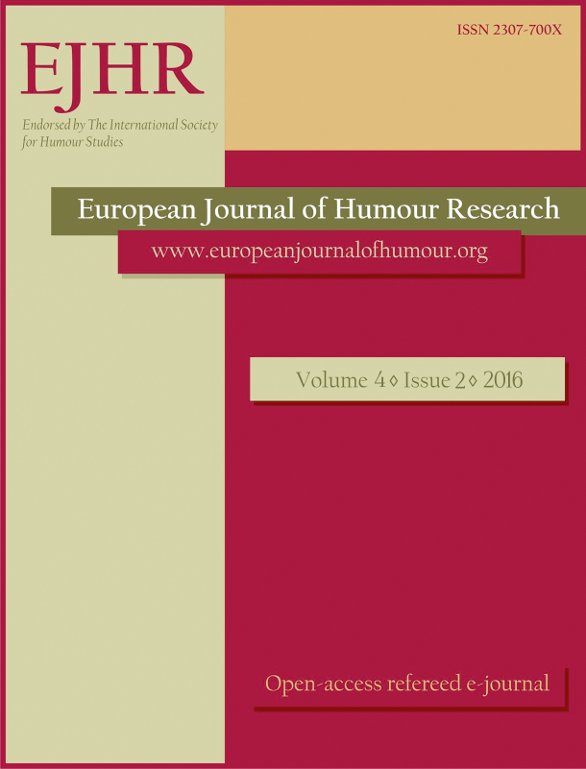
This paper is grounded in Cognitive Linguistics (CL), which sees metonymy as a conceptual phenomenon, in which one conceptual entity (the source) provides mental access to another entity (the target) within the same conceptual domain (Radden & Kövecses 1999), as opposed to metaphor, which is seen as a mapping between different domains (Lakoff 1987). Our view on metonymy slightly deviates from the mainstream CL-approach, as we reinterpret the criterion of the single domain as an epiphenomenon of the conceptually defined contiguous relationship (Feyaerts 1999), which we take to be metonymy’s categorical feature. In this contribution, we analyse the structural role of metonymy in humorous interactional sequences as they occur in the American television-series House M.D. and The Big Bang Theory. As our examples qualify as staged communicative acts, the interpretation of which involves processing meanings on different layers, we use Clark’s (1996) layering model to account for the humorous uses of metonymies and to show that metonymic connections lie at the heart of pragmatic inferencing. In line with – and at the same time extending – earlier work (Feyaerts & Brône 2005) on the potential of metonymic chaining to generate humorous and expressive meanings, this study demonstrates how a metonymic relationship may extend across different layers of meaning – the ‘serious’ discourse base space and a ‘non-serious’ pretence space – to generate a humorous meaning, based on the common ground between the speakers and the audience.
More...
Owing to its critical and creative potential, humour has often been used as one of the preferred means of resistance in social and political protests. In addition, the presence of humour is also increasing in the new social movements of recent history. The essential questions that this article aims to answer are how humour functions and what its purpose is amidst a time of numerous and notable social movements. During the 2013 Gezi Park protests in Turkey, the protesters made significant use of humour that specifically targeted the control of the authorities over public life, thus providing a good case with which to study humour in social movements. One form which the protesters used to disseminate humorous messages was graffiti. In this article, the graffiti from the Gezi Park protests is examined using a critical discourse analysis model. In order to achieve the intended aims, Van Dijk’s (1995) understanding of ideological discourse analysis arguing that dominated groups may have ideologies that effectively organise the social representation needed for resistance and change, is taken as a point of departure. However, this work specifically relies on Fairclough’s (1992) three dimensional discourse analysis that covers the object (the text), the process (discursive practice) and the socio-historical conditions (social practice). Research on the language of Gezi graffiti shows that the humorous language of the protesters identified and differentiated the actors of the movement, and it did not only help them to cope with the domination and oppression to which they were subjected, but also increased support for development in the desired direction.
More...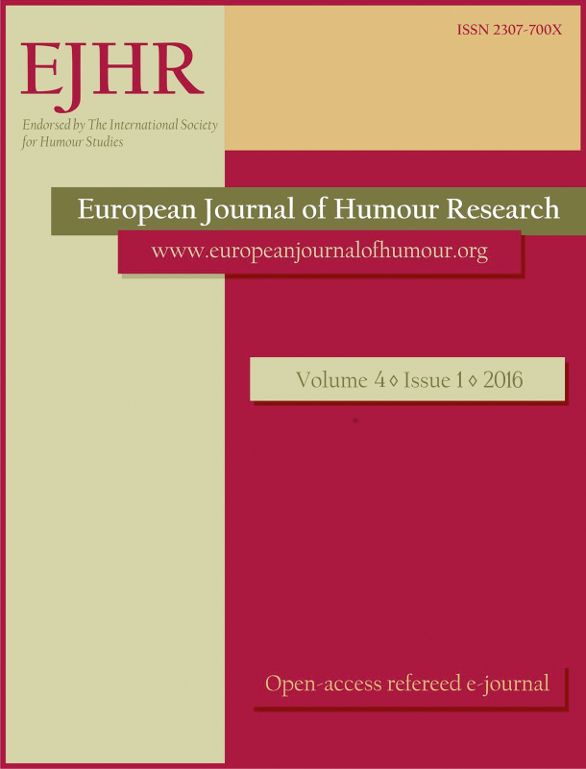
Lexical polysemy, a fundamental characteristic of all human languages, has long been regarded as a major challenge to machine translation, human–computer interaction, and other applications of computational natural language processing (NLP). Traditional approaches to automatic word sense disambiguation (WSD) rest on the assumption that there exists a single, unambiguous communicative intention underlying every word in a document. However, writers sometimes intend for a word to be interpreted as simultaneously carrying multiple distinct meanings. This deliberate use of lexical ambiguity — i.e. punning — is a particularly common source of humour, and therefore has important implications for how NLP systems process documents and interact with users. In this paper we make a case for research into computational methods for the detection of puns in running text and for the isolation of the intended meanings. We discuss the challenges involved in adapting principles and techniques from WSD to humorously ambiguous text, and outline our plans for evaluating WSD-inspired systems in a dedicated pun identification task. We describe the compilation of a large manually annotated corpus of puns and present an analysis of its properties. While our work is principally concerned with simple puns which are monolexemic and homographic (i.e. exploiting single words which have different meanings but are spelled identically), we touch on the challenges involved in processing other types.
More...
The article investigates humour translation in audiovisual media concentrating on two modes of audiovisual translation: dubbing and subtitling. The corpus consists of humorous scenes collected from two popular American situational comedies, namely Friends (1994) and The Big Bang Theory (2007). The analysis is based on the comparison of the humorous scenes in their original (English) audio track with their dubbed and subtitled Hungarian versions. Only those humorous scenes were selected and analysed in which the humorous load is mediated by language- and/or culture-specific humorous elements. The study focuses on the differences between the scenes’ humorous load in their original, dubbed, and subtitled versions. The methodology of the research is based on Juan José Martínez-Sierra’s case study “Translating Audiovisual Humour” (2009). The results show that in certain cases there is a difference between the humorous load in the dubbed and subtitled versions which can be traced back to the differences between the constraints of dubbing and subtitling.
More...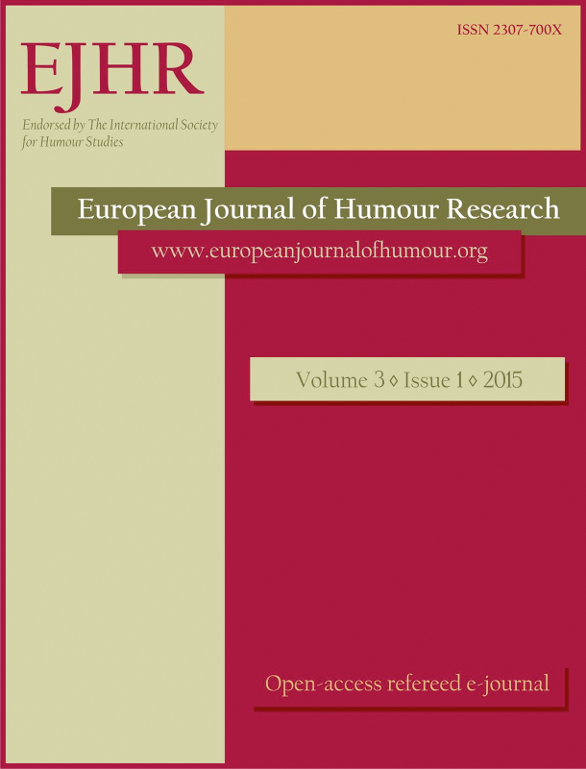
Researchers from the GRIALE group (Irony and Humour Research Group) have developed a theoretical method that can be applied to humorous ironic utterances in different textual genres, depending on the degree of the violation of conversational principles in conversation. In addition to this, the General Theory of Verbal Humor (Attardo and Raskin, 1991) will be taken into account in the analysis. Therefore, I will study irony and humour in conversational utterances in real examples of Peninsular Spanish obtained from the COVJA, (Corpus de conversaciones coloquiales [Corpus of Colloquial Conversations]) and CREA, (Corpus de Referencia del Español Actual [Reference Corpus of Present-Day Spanish]). The focus of this paper is then the application of the aforementioned theories to humorous ironic statements which arise in conversation. I will also examine the positive or negative effects caused by them, which will additionally verify if irony and humour coexist in the same conversational exchange, and if this has a communicative goal.
More...
This article examines the uses and functions of humour in an online community of gamers and nonprofessional game designers who present and critique user-generated artefacts created with the popular game series LittleBigPlanet. Findings show that participants use humour and “good humour” to achieve a variety of social goals: to veil statements of ability and effort, alleviate negative comments, present user-generated content, attract new players, support other participants, and overall engender a smiling atmosphere that incentives collaboration, peer feedback, and social cohesion. Far from being a trivial ornament, humour emerges as a community building “cushioning glue” that connects, seals, and buffers different gears of computer-mediated interaction, contributing to defining the boundaries and the identity of the analysed online space.
More...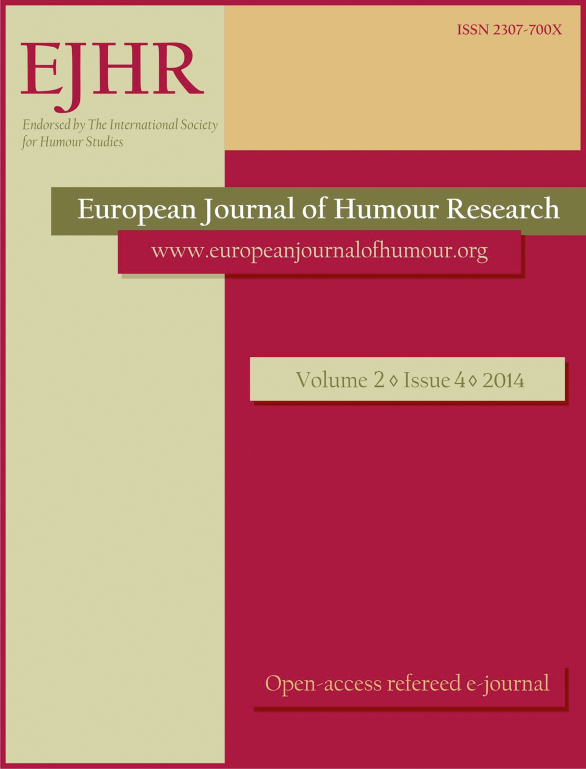
This special issue arises out of an annual conference of the Australasian Humour Studies Network (AHSN). These have been held for two decades, but despite that longevity and the fact that the word Australasian refers to Australia and New Zealand, it was not until 2014 that the first AHSN conference was held in New Zealand, with the theme “Anything Goes?”.
More...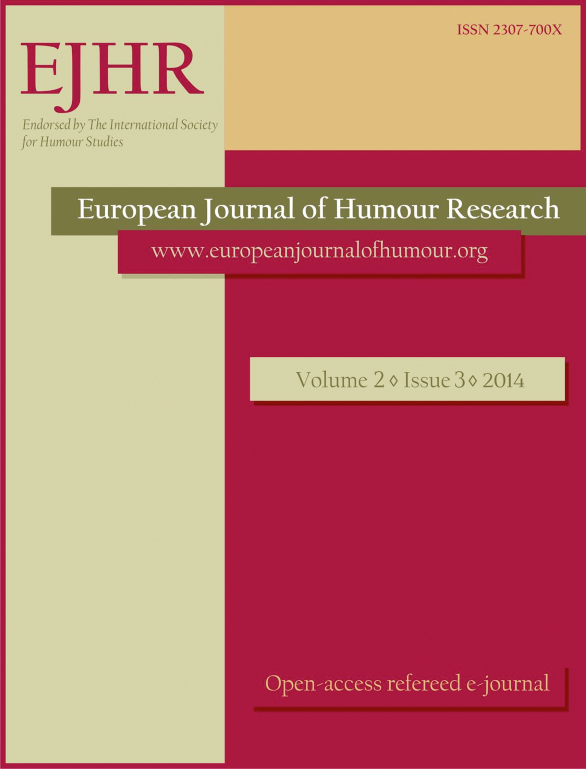
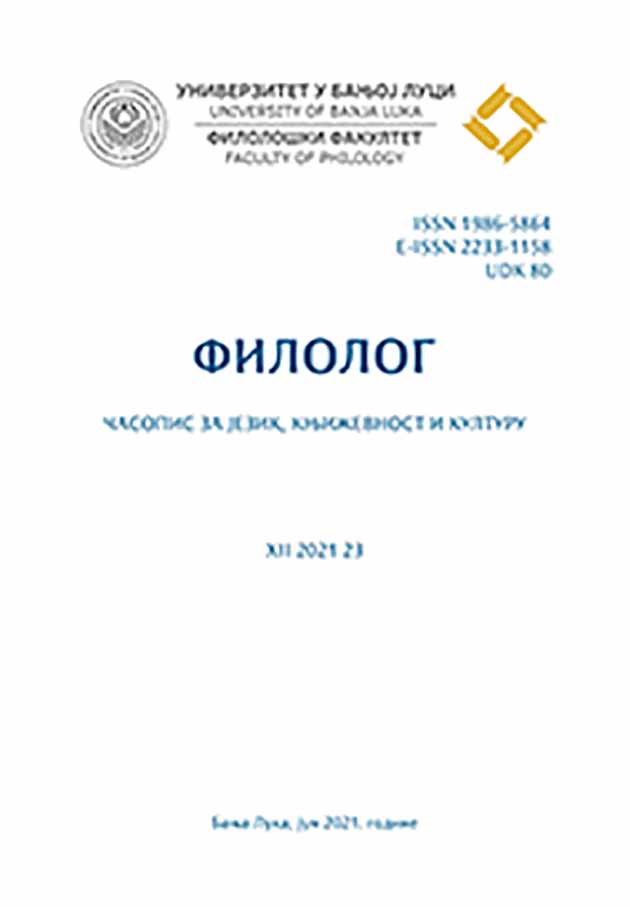
In this paper, we examine causal nominal constructions with the preposition S and the genitive in the Russian language in comparison with Serbian from the syntactic and semantic aspect. Comparing the given construction with a similar OT + genitive, we come to conclusions regarding the specific meaning of the examined construction. The given meaning can be called specific from the aspect of the Serbian causal system. The paper also points to other syntactic studies on the Russian language that draw attention to the specificity of the so-called „small syntax“ constructions.
More...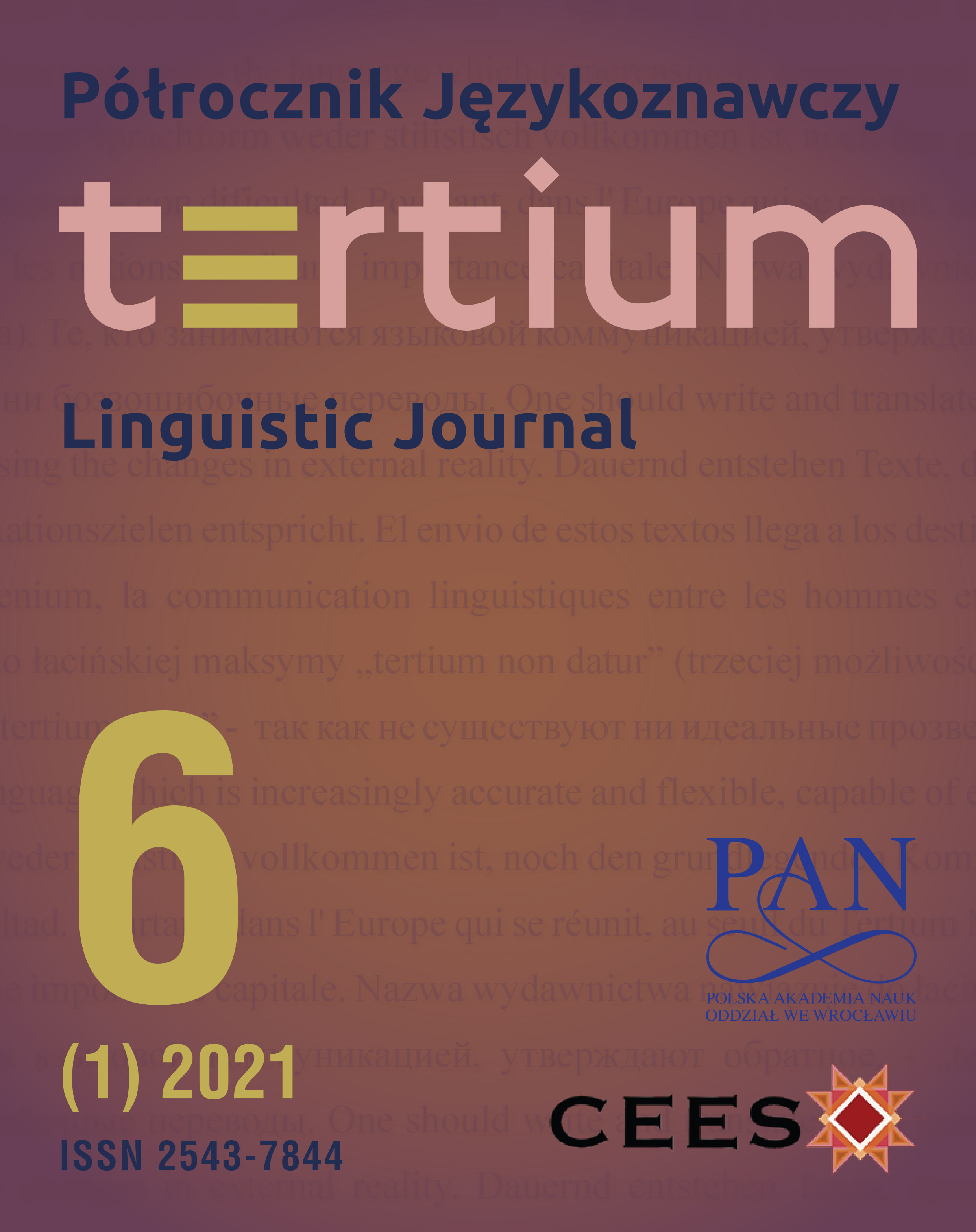
Artykuł prezentuje analizę twórczych tłumaczeń melicznych pióra Wojciecha Młynarskiego przeprowadzoną w celu ukazania transkreacyjnego podejścia tego autora do przekładu wybranych piosenek francuskich wykonywanych oryginalnie przez Charles’a Aznavoura. Młynarski okazuje się być prawdziwym mistrzem transkreacji w rozumieniu tego pojęcia, jakie zaproponowane zostało w latach 60. XX wieku przez brazylijskiego uczonego i tłumacza, Haroldo de Camposa (1929–2003). W niniejszym artykule na przykładzie analizy kontrastywnej wybranych tekstów piosenek w ich wersjach oryginalnych i przekładach pióra Młynarskiego podjęto próbę pokazania, w jaki sposób na kanwie francuskich tekstów oraz muzyki polski poeta i szansonista stworzył nowe teksty często obfitujące w zupełnie inne aluzje kulturowe niż te obecne w wersjach oryginalnych. Zachowując dominantę meliczną piosenek, Młynarski modyfikował warstwę semantyczną w celu dostosowania utworów do odbiorców docelowych, co dowodzi, że był świadomy również wartości marketingowej swych tłumaczeń, a więc cechy branej pod uwagę także w dzisiejszym rozumieniu usługi transkreacyjnej jako celowej adaptacji, uwzględniającej realia społeczno-kulturowe oraz sferę emocjonalną docelowych odbiorców, a także specyfikę rynku docelowego. // The paper is devoted to the phenomenon of transcreations (creative re-writings) of selected French songs, made by the famous Polish songwriter Wojciech Młynarski (1941–2017). The artist seems to have been a true master of transcreation, if we understand the concept in the way suggested in the 1960s by a Brazilian scholar and translator, Haroldo de Campos (1929– 2003). In the present paper, on the example of contrastive analysis of selected lyrics in their original versions (performed by Charles Aznavour) and in Młynarski’s renderings, it is shown how on the basis of original French lyrics and music, the Polish songwriter created new texts often abounding in entirely different cultural allusions. Saving the melic dominant, Młynarski at the same time modified the content semantically in order to adapt the songs to the target audience, which proves that he was aware also of the importance of the translations’ marketability – a feature that is taken into account in the contemporary understanding of transcreation services.
More...
The paper discusses two approaches to compiling lists of labour-law basic terminology (BT): a frequency-based approach and a concept-based one. The purpose of the paper is to compare each of the methods based on two sets of basic terminology selected in accordance with them. Using the first method, terms are selected via an automatic search of keywords and terms and organised according to frequency with the use of Sketch Engine. The second means of term extraction is a concept-based approach in which terms are selected based on the table of contents of the Polish Labour Code, which, for the purposes of the study, is assumed to outline the terminological system of Polish labour law. The results of this research are reviewed from the viewpoint of terms’ frequency, the number of words they consist of, systemic relations between terms in the labour-law terminological system, and potential users and their needs. This has allowed the author to draw a few conclusions as to the characteristics of the approaches taken, and the applicability and usefulness of lists of BT compiled on their bases.
More...
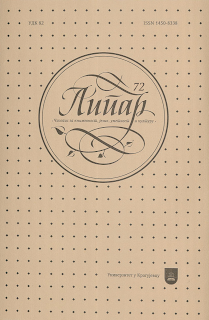
This paper provides a comprehensive comparative reassessment of the state-of-art in the theory and practice of the two prominent contemporary approaches to metaphor – cognitive-linguistic conceptual metaphor theory and cognitive-pragmatic relevance theory – given their professed aim at formulating an explanatorily adequate cognitive theory of metaphor. So far, to our knowledge, there are but a handful of publications that have seriously dealt with this comparative issue (Tendahl and Gibbs 2008, Tendahl 2009, Stöver 2010, Gibbs and Tendahl 2011, Wilson 2011); illuminating as they are, they are, nonetheless, biased in that they remain deeply rooted in their respective theoretical backgrounds. Working within the two observed theoretic approaches to metaphor, our primary aim was to show that the differences may be more apparent than real. To this purpose, we present a synthetic and critical overview of both approaches, alongside with a comparative analysis of illustrative data from the contemporary Serbian language. Our combined approach, cognitively induced, relies on the elaborate conceptual apparatus of cognitive linguistics teamed with an interpretive understanding of metaphor within the cognitive-pragmatic framework, highlighting the lines of interface and the converging evidence towards a better understanding of metaphor as a cognitive–communicative mechanism.
More...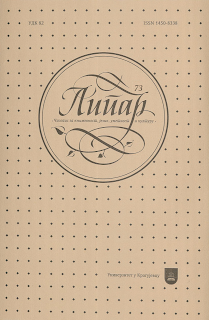
By taking a cognitive-linguistic approach to metaphor, in this paper we deal with the abstract concept IDEA and the way it is understood and experienced in contemporary Serbian language. The research is aimed at determining some of the possible source domains that allow us to conceptualize the aforementioned concept. The corpus consists of sentences, found in Serbian daily papers Politika and Blic, which illustrate the identified metaphors. The analysis shows that this target domain can be understood in terms of various different source domains. We have decided to confine our attention to seven conceptual metaphors that allow us to comprehend different aspects of the concept IDEA. Namely, the results of the research show that ideas can be structured by the following metaphors: IDEAS ARE LIVING BEINGS, IDEAS ARE TOYS, IDEAS ARE FOOD, IDEAS ARE FORCE, IDEAS ARE RESOURCES, IDEAS ARE VALUABLE COMMODITIES and IDEAS ARE WEAPONS. We shall begin by identifying the linguistic expressions so as to explain the underlying similarities between the domains present in the metaphors stated above.
More...
The studies that analyze the interlanguage of plurilingual speakers have been the focus of linguists’ interest for the past three decades, since empirical researches have proved that both students’ mother tongue and non-mother tongue can be a resource for transfer when learning a new language. The paper analyzes orthographic errors made by Serbophone students of philology who study two typo- logically similar languages - Italian and Spanish, which arose as a result of a negative transfer from one language to another. The presented errors prove that the negative transfer is stronger in typologically closely related languages than in those that are not, regardless of the order of acquisition (De Bot, 1992; Williams & Hammarberg, 1998; Jarvis, 2000; De Angelis & Selinker, 2001; Cenoz, 2001; Ecke, 2001; Hammarberg, 2001; Ringbom, 2001). Due to the factors of language distance and psychotypology that influenced the appearance of transfers, it has been proved that interlinguistic similarities are the ones that caused the largest number of errors (Swan, 1997) and the appearance of negative lateral transfer, i.e. negative transfer from the second to the third language. The errors did not occur exclusively due to ignorance of the rules of the Spanish language, but they were caused by the influence that the knowledge of the previously acquired Italian had on learning Spanish. Thus, most of the errors were interlingual. Many errors identified in the corpus would not have been made by students who had previously learned another foreign language typologically distant from Spanish. As the largest number of orthographic errors was identified in words that are the same or similar in Italian and Spanish, the claim of many linguists (Wil- liams & Hammarberg, 1998; Cenoz, 2001; De Angelis & Selinker, 2001; Ecke, 2001; Hammarberg, 2001; Ringbom, 2001) that the typological similarity between L2 and L3 facilitates language transfer has been proved. Thus, when studying transfer, one should pay attention not only to the influence of the mother tongue on the target language, but also to the influence of L2 on the target language, especially in the case when L2 is typologically closest to the L3.
More...